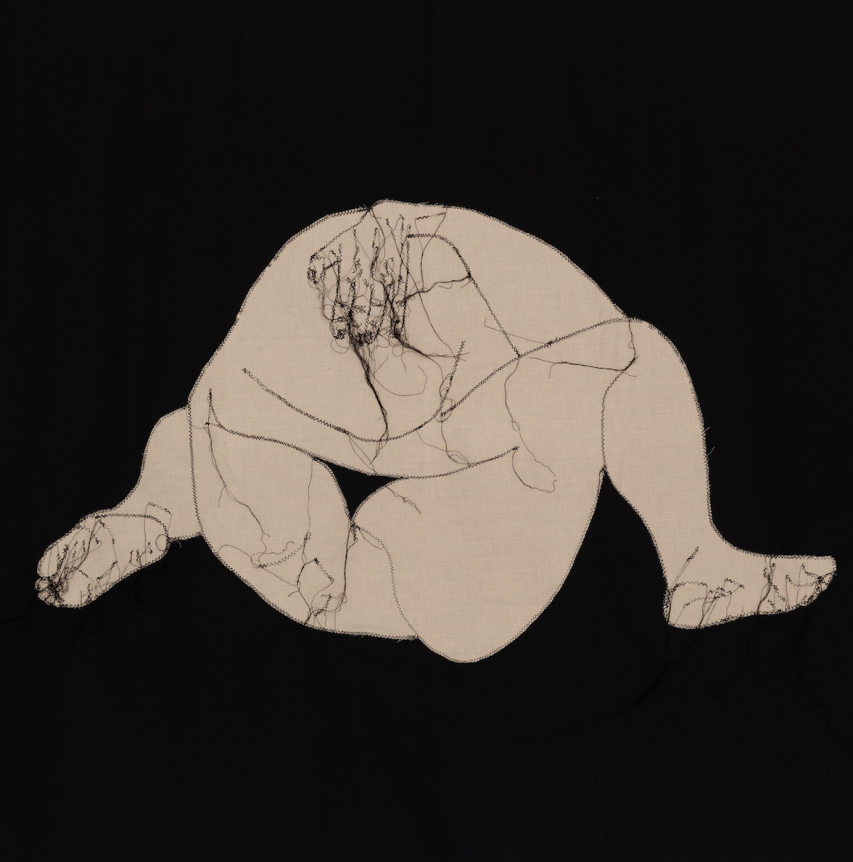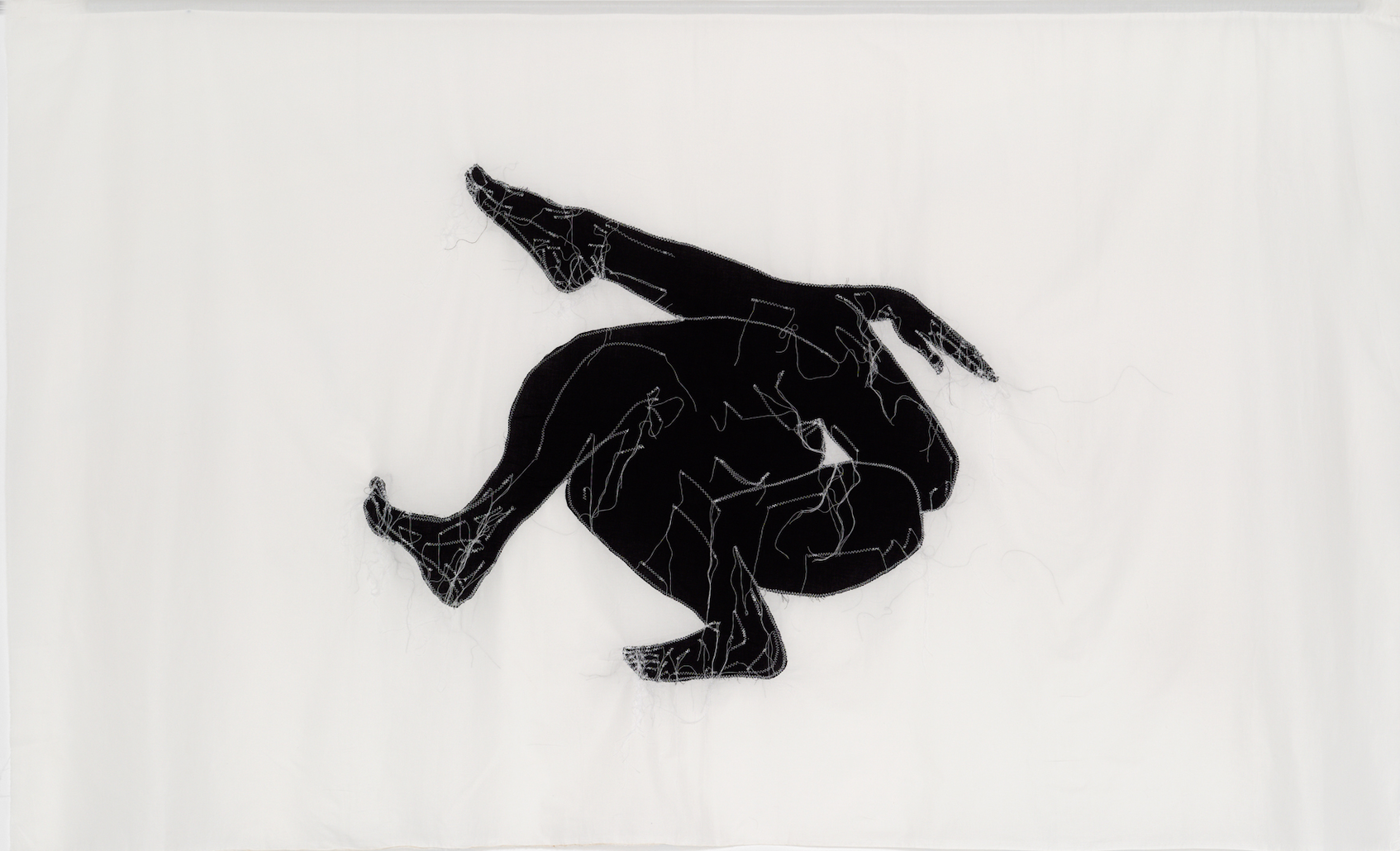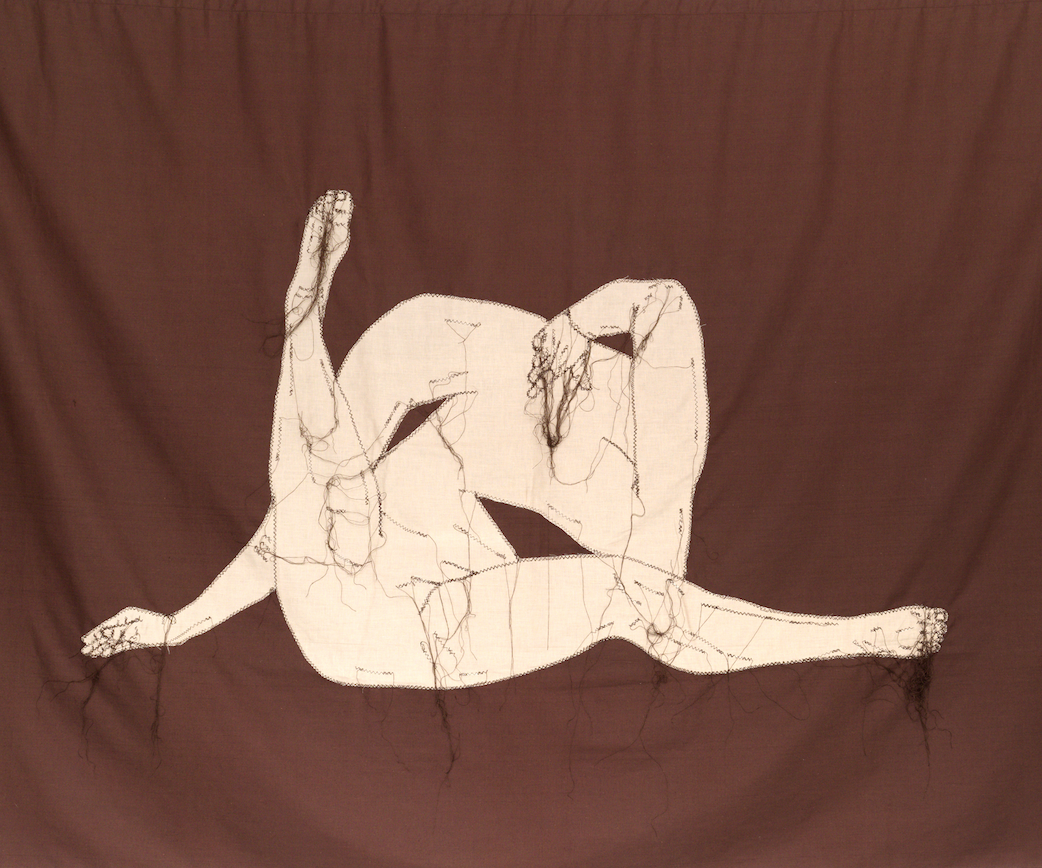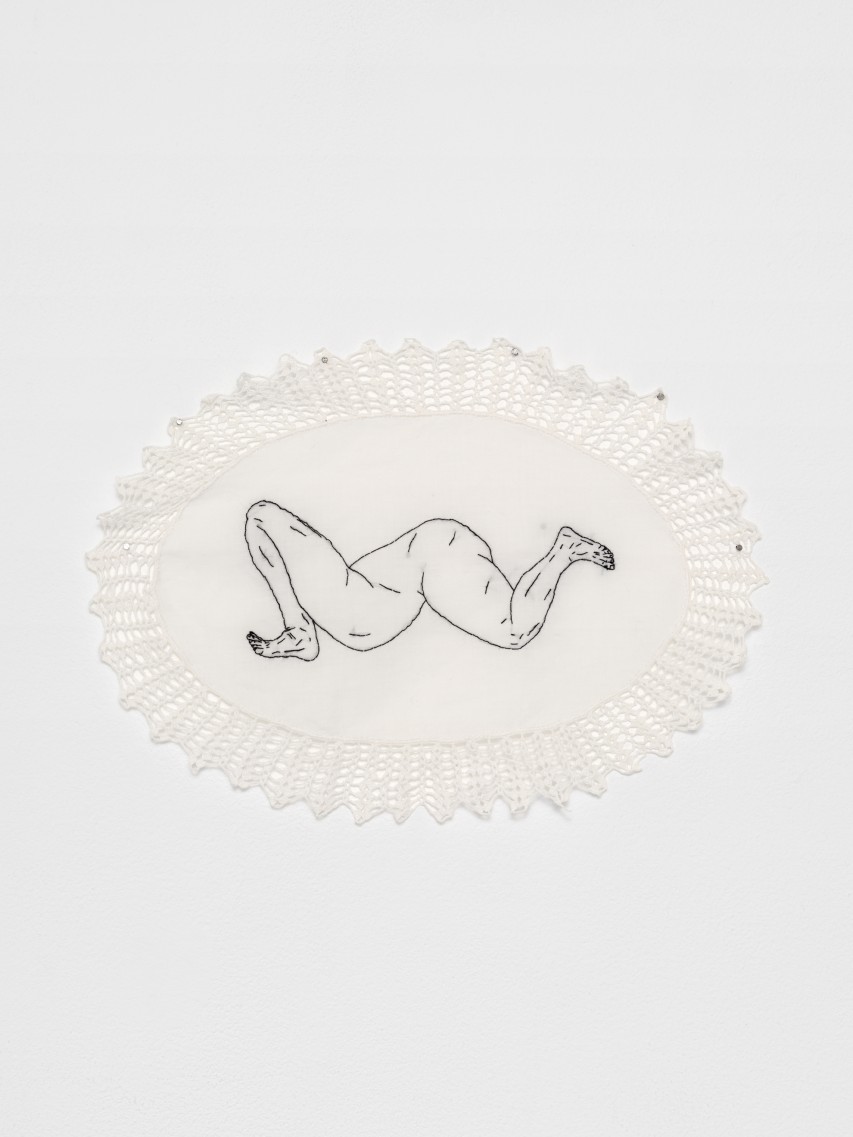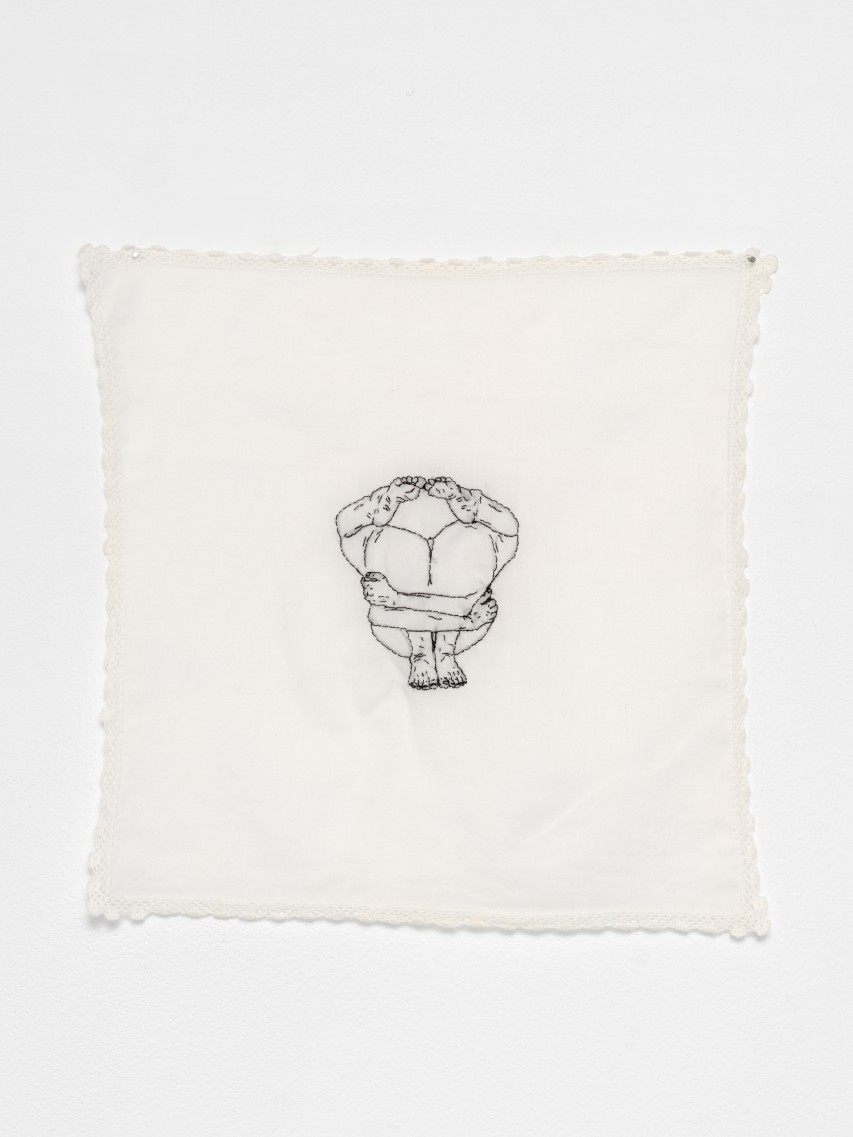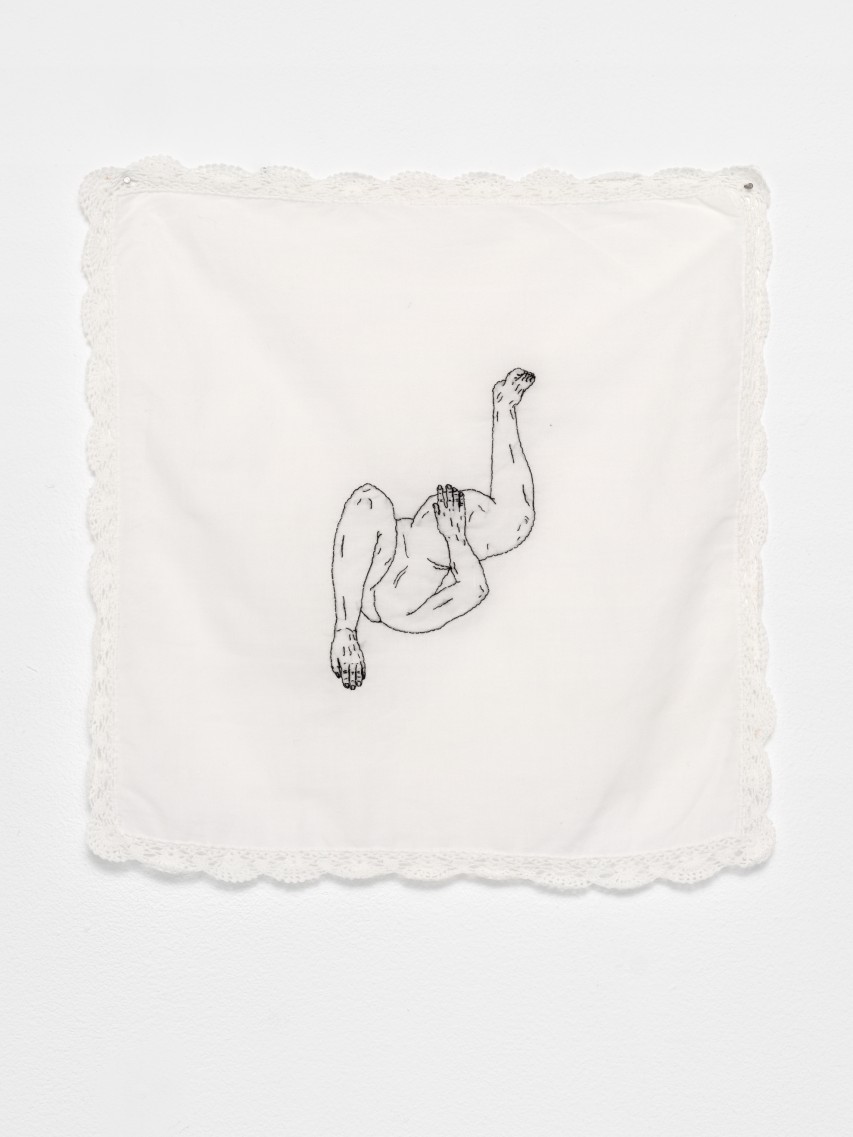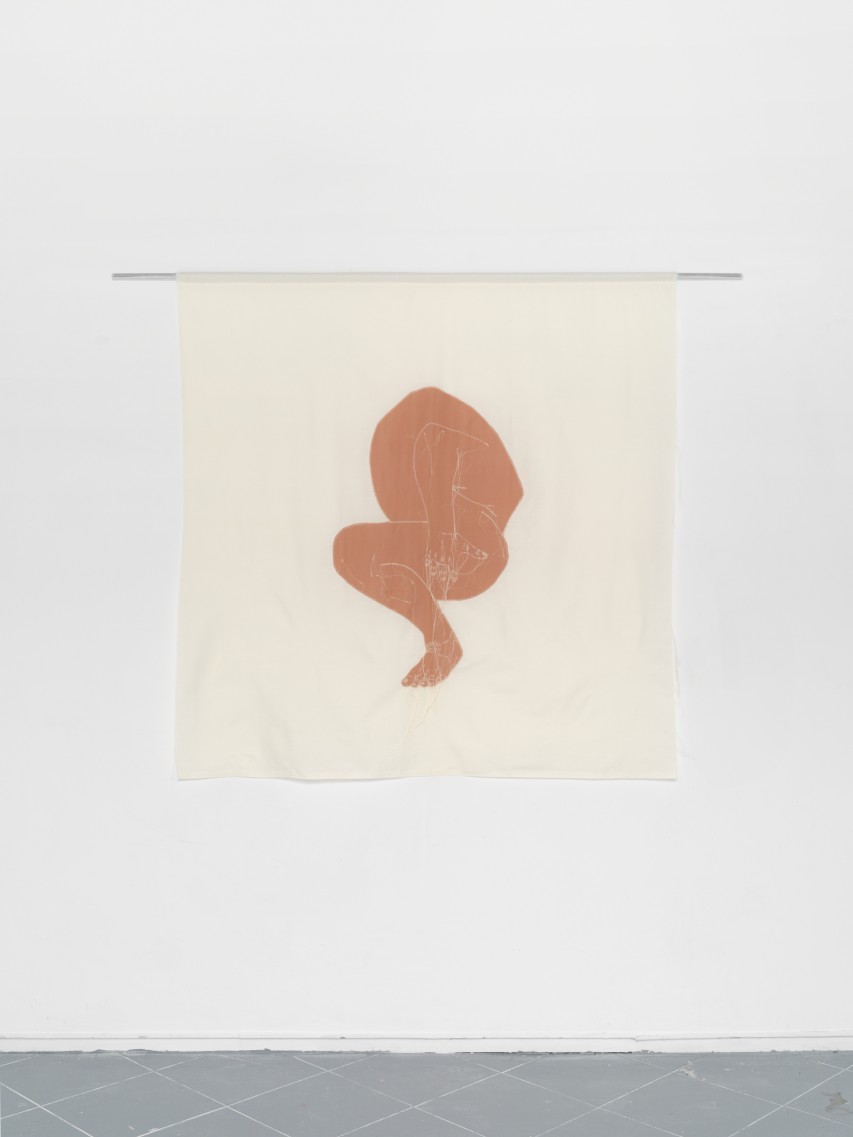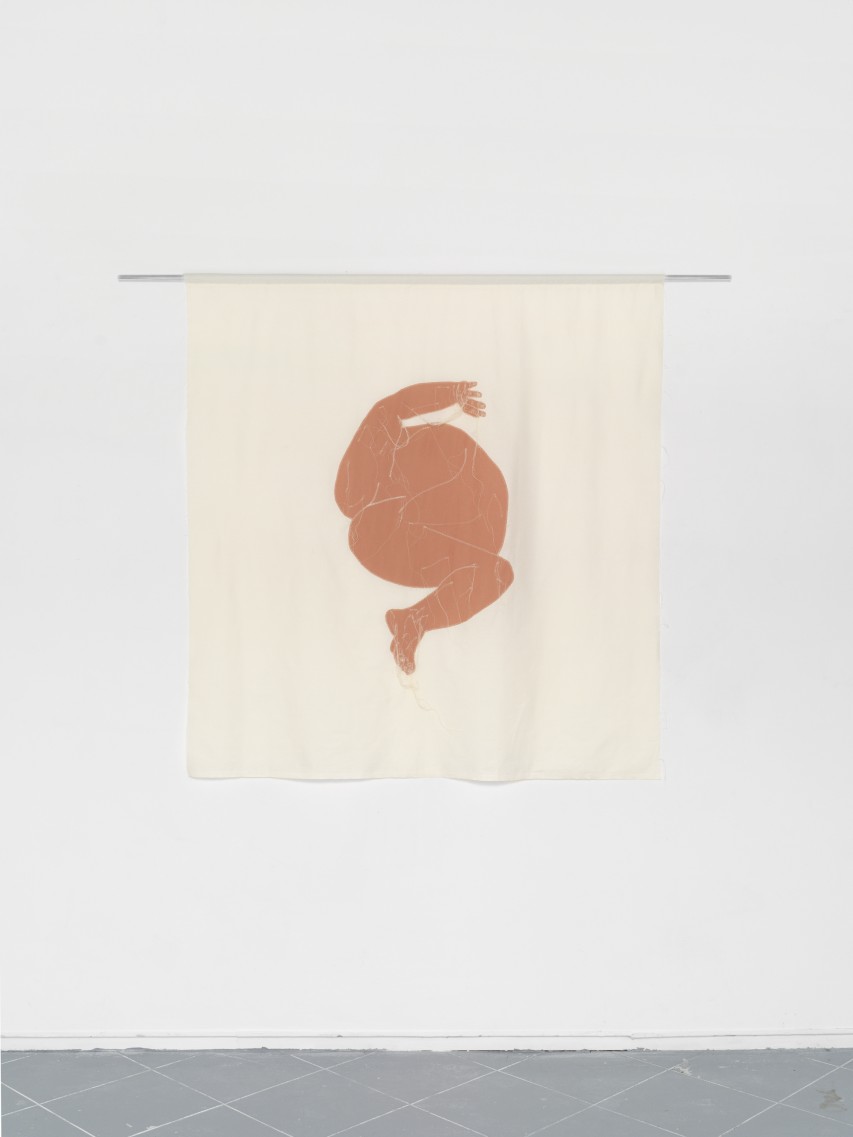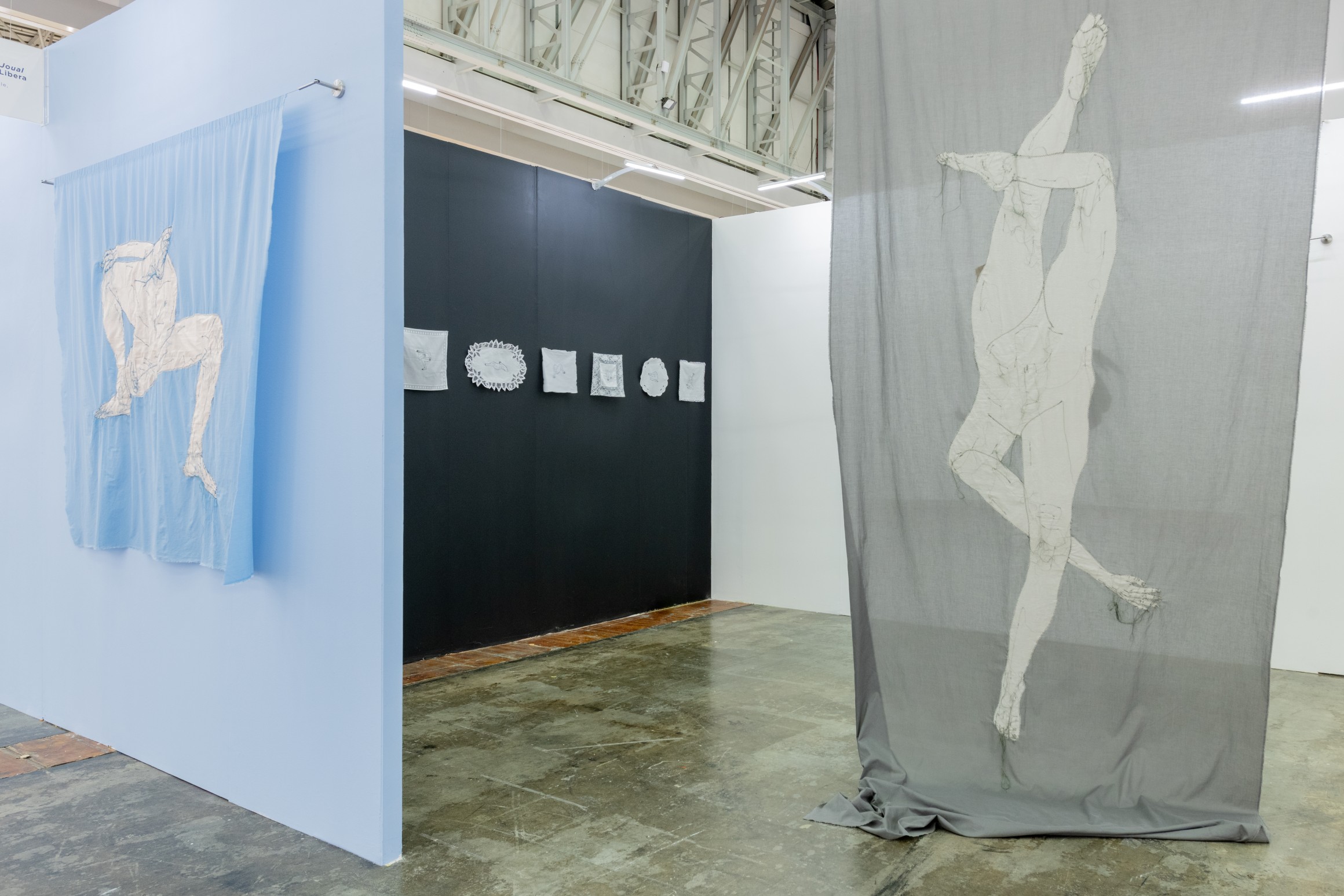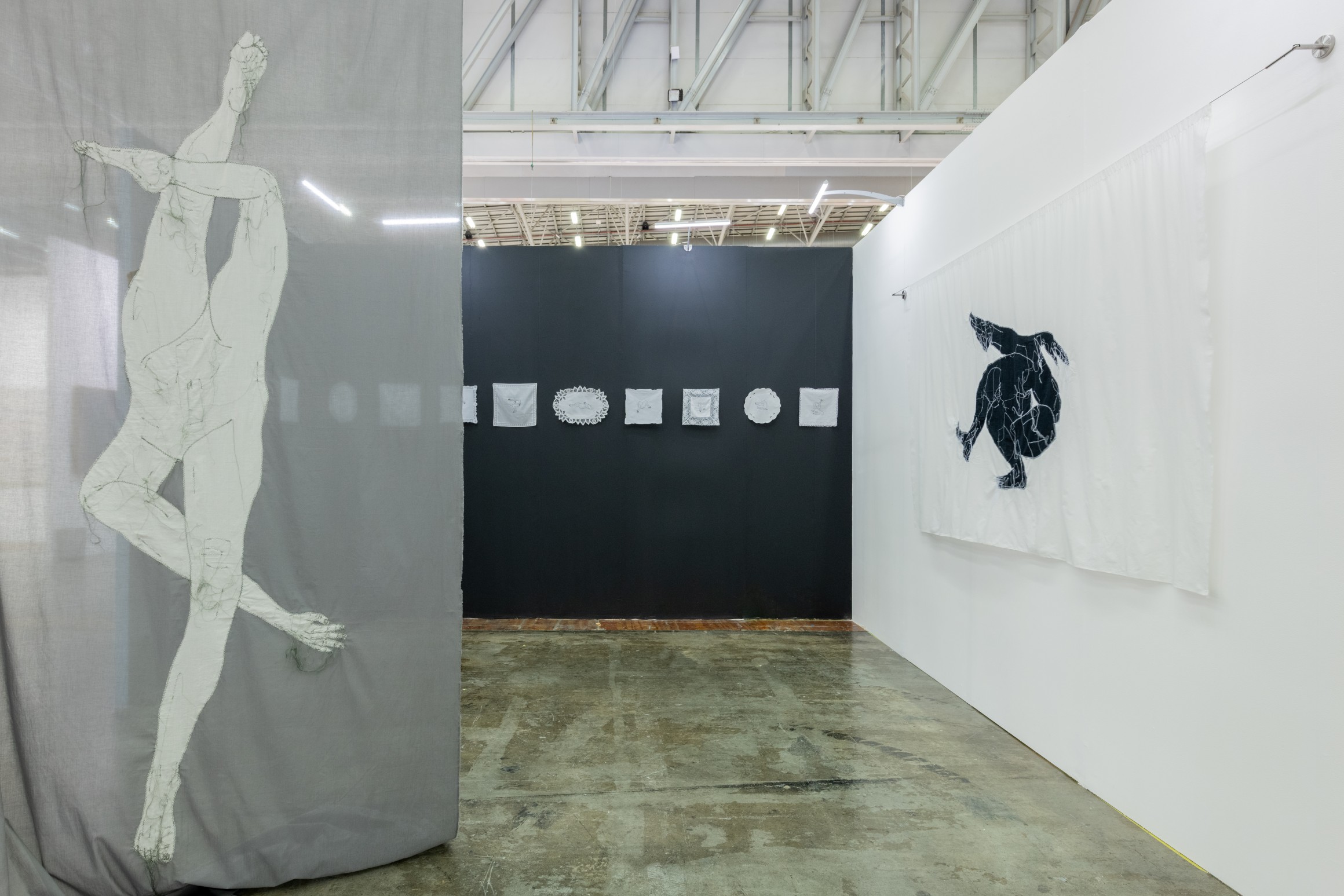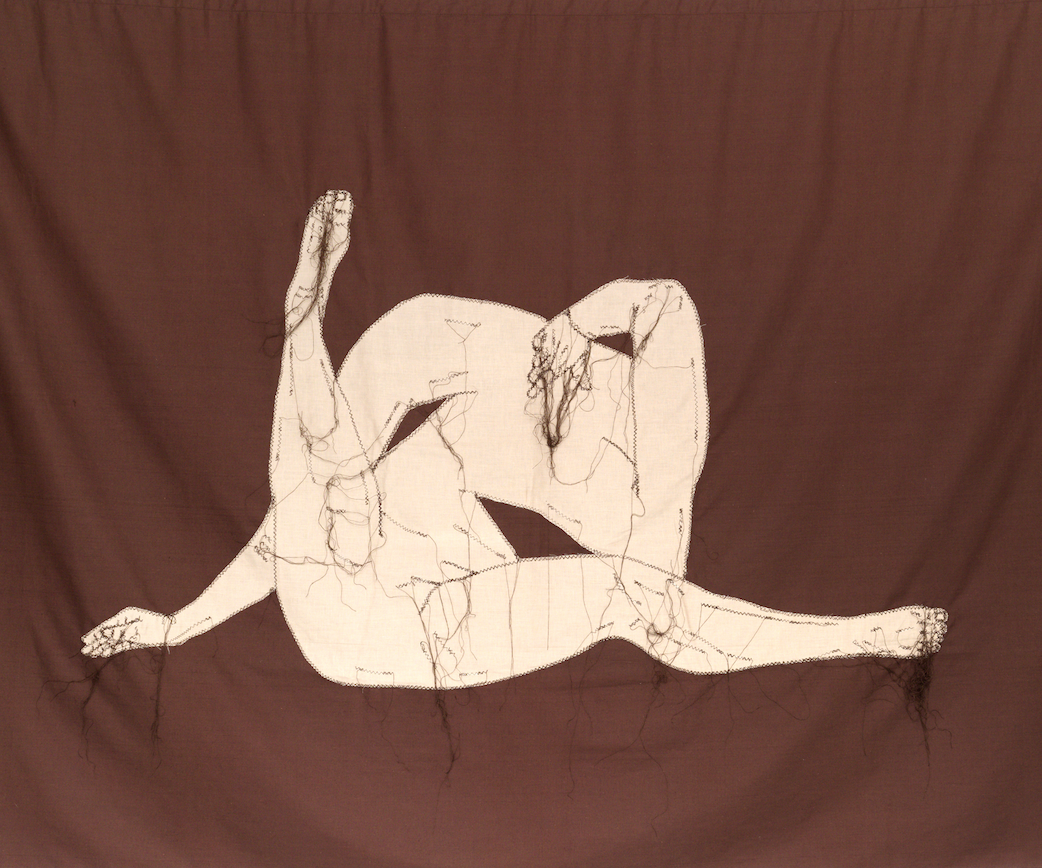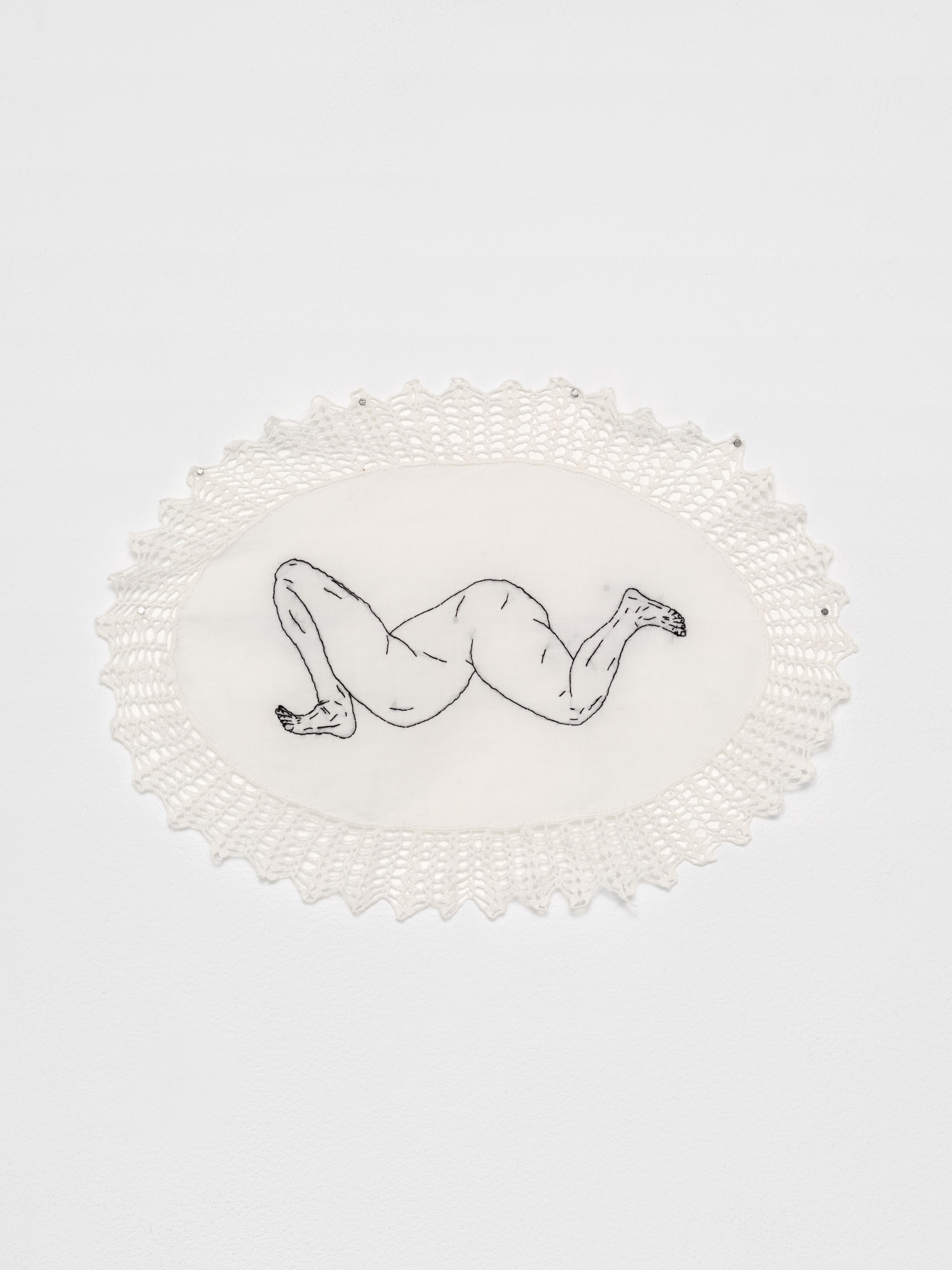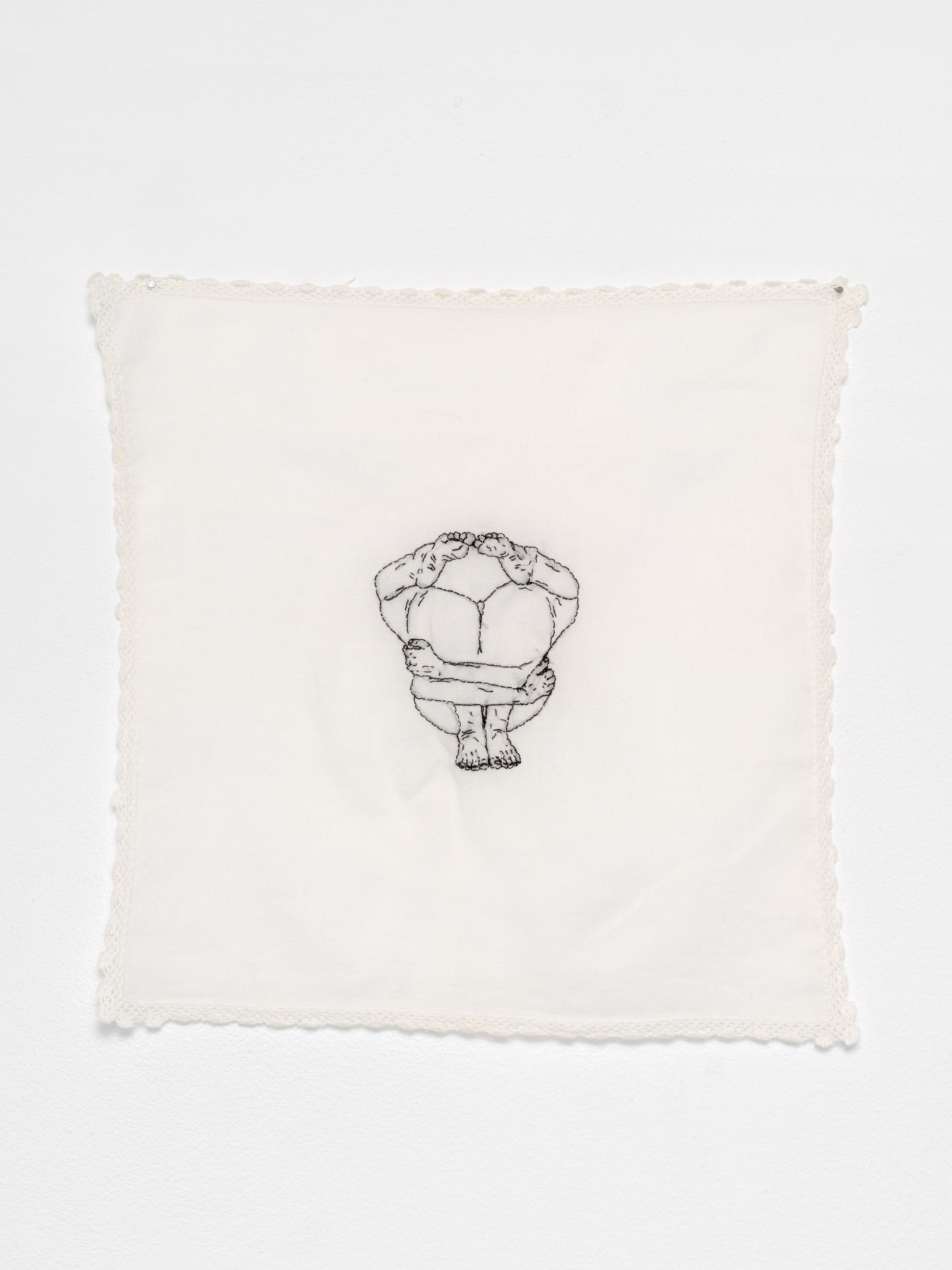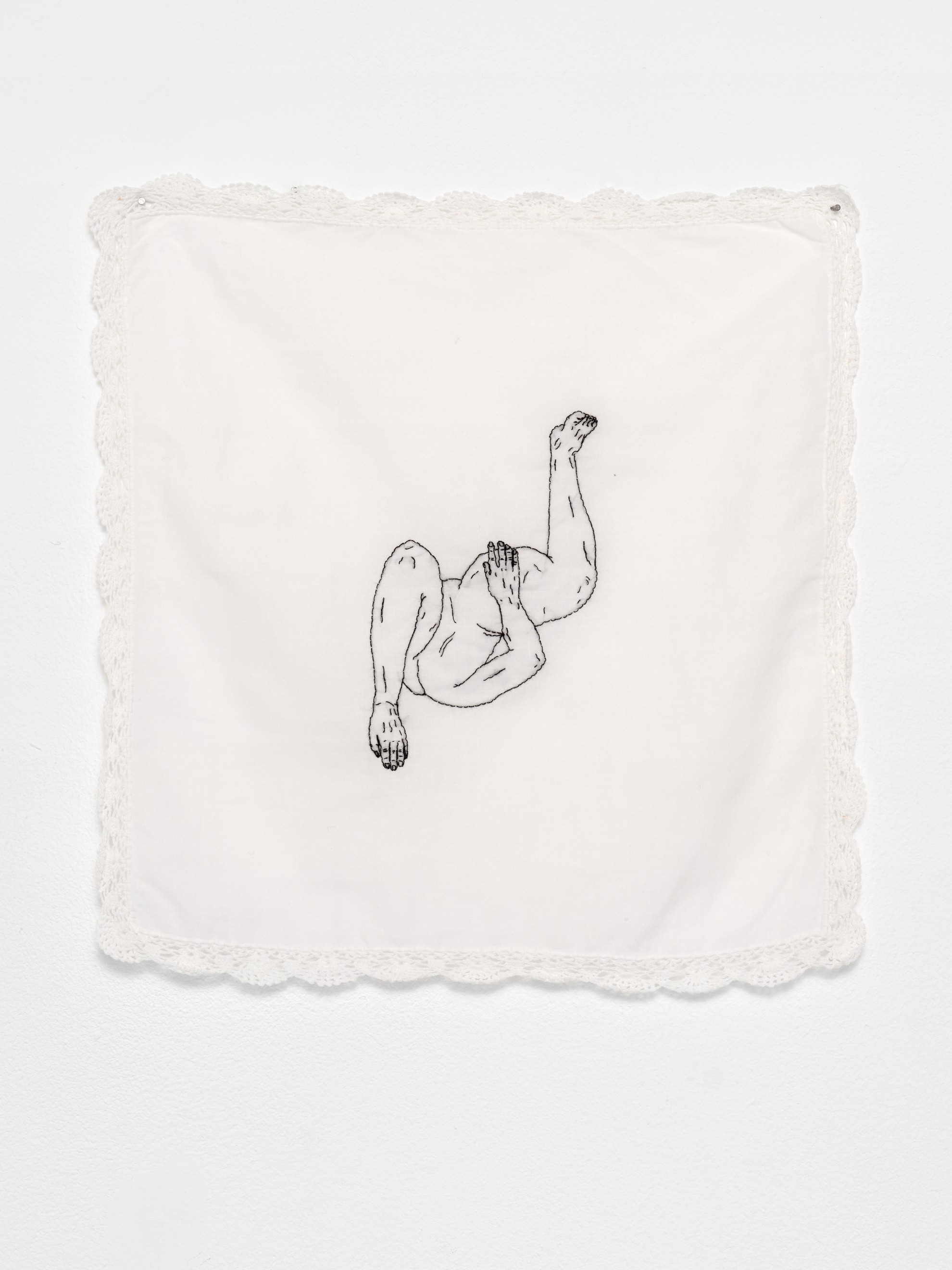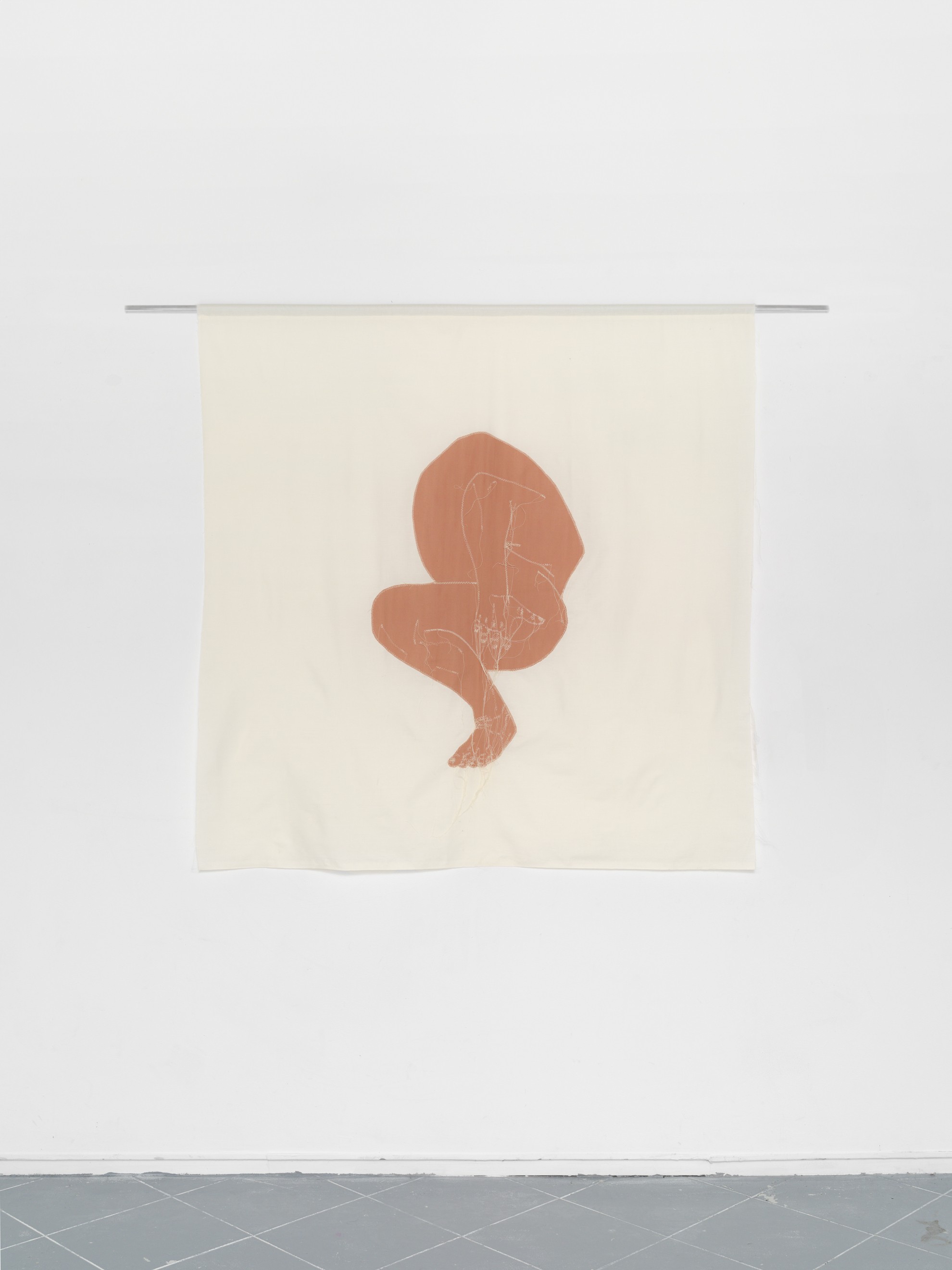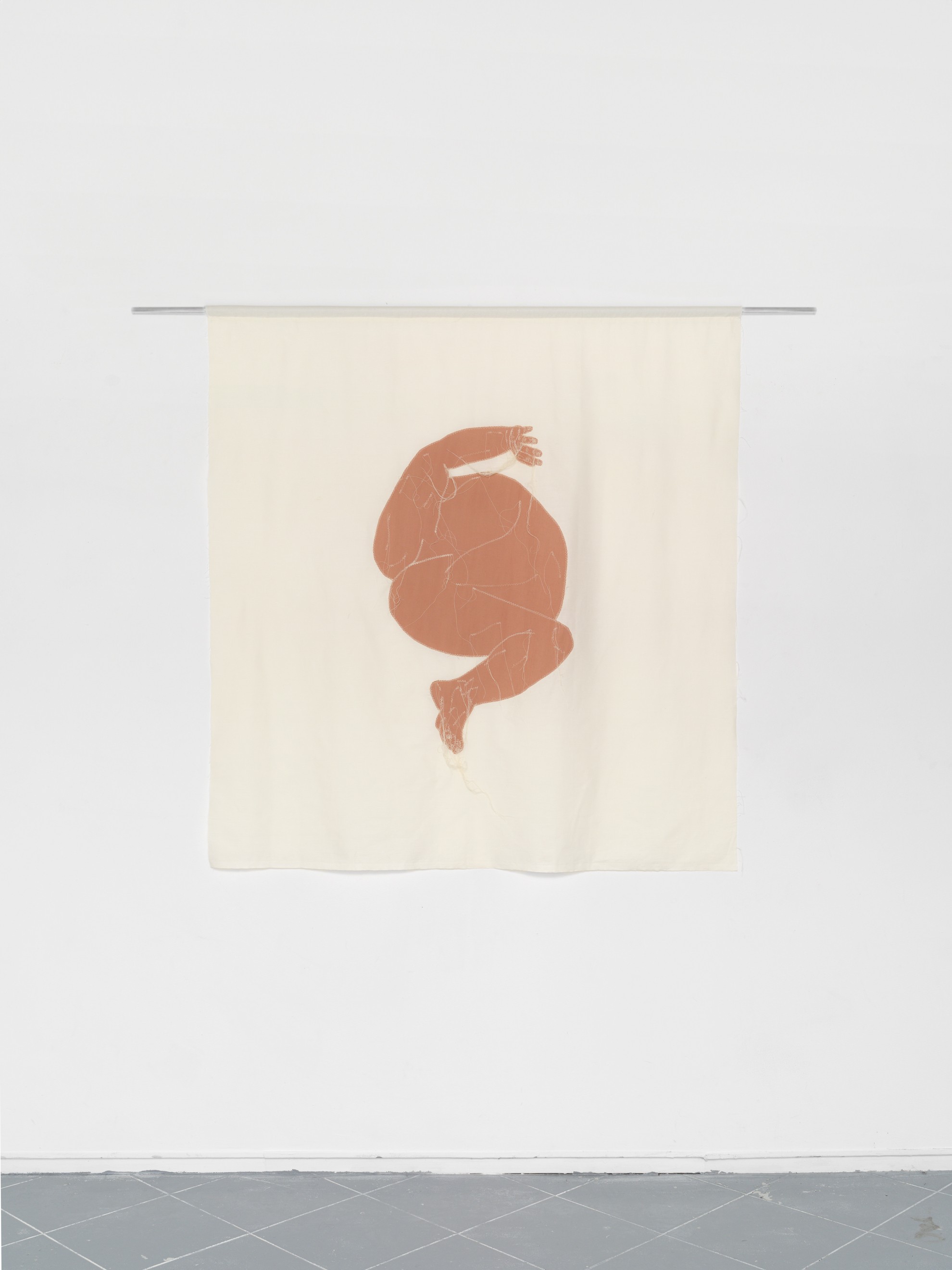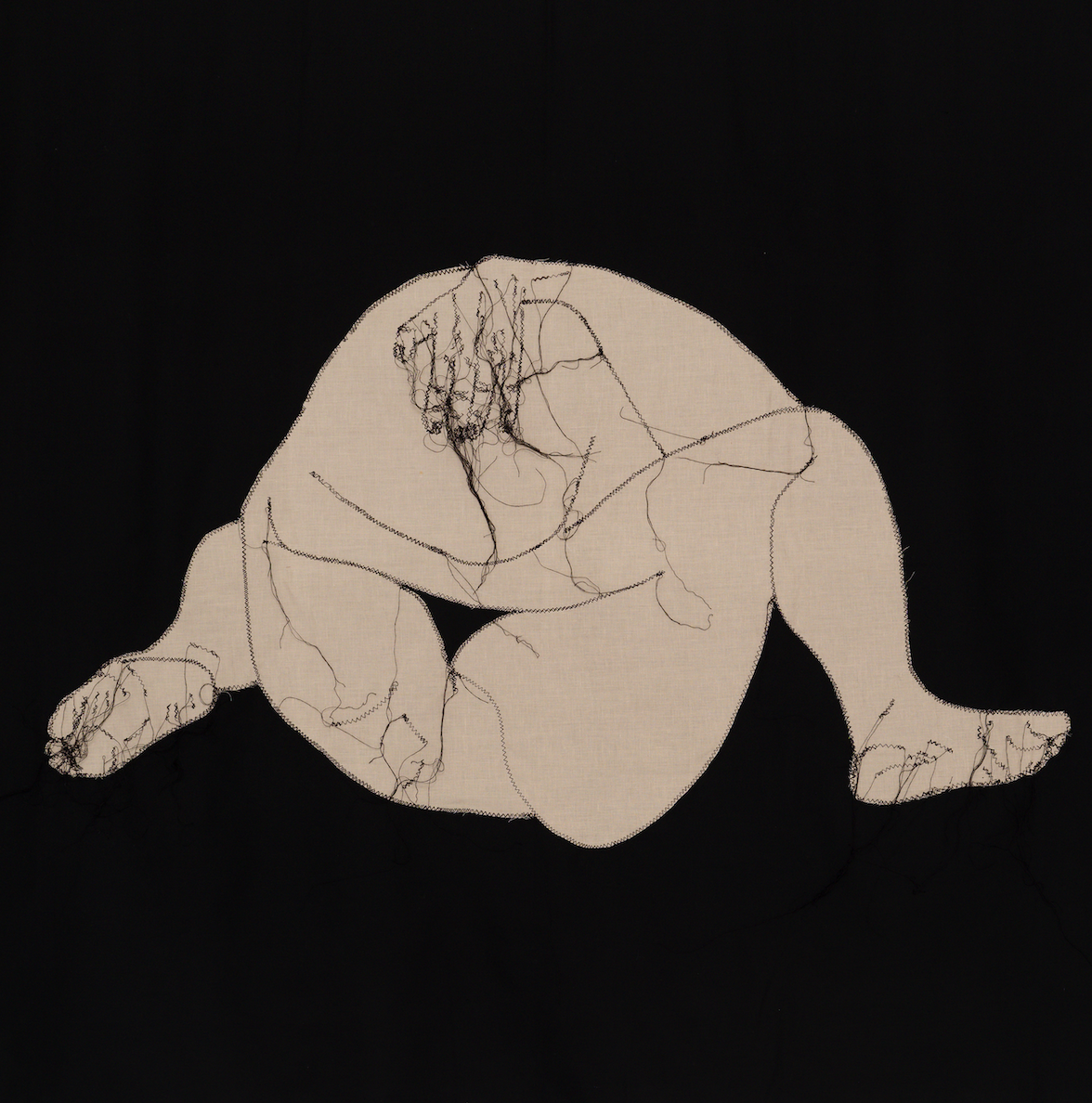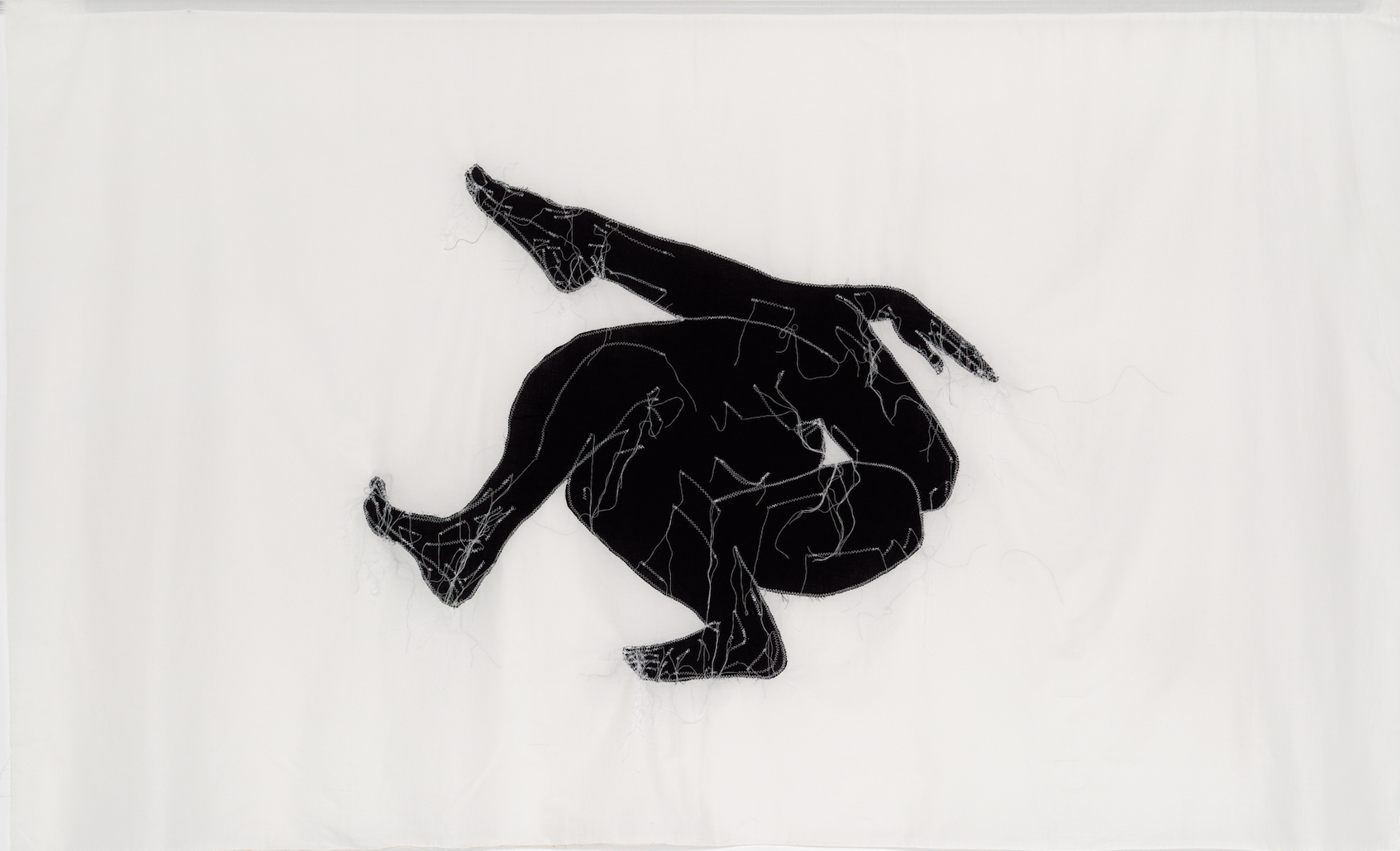
- Soukaina Joual
INVESTEC Cape Town Art Fair
For the section Tomorrow’s Today of the Cape Town Invest Art Fair, spiaggia libera is pleased to present a solo booth by moroccan artist Soukaina Joual : « Raw Body ».
The “Raw Body” series represents a progression from the previous project, “Em/body/ies,” showcasing embroidery artwork that delves into the intricacies of the human form, particularly focusing on deformed female bodies. Through these textile works, the artists aims to present the female body as a raw material, in an ongoing search for a new body, a new skin— an object that can be manipulated and changed.
In this project, the body becomes the source of transformations, acting as both a canvas and a frontier for exploitation. It is perceived as a social construct and a performance, offering opportunities to make the body disappear and reappear, to distort it, and ultimately to manipulate it in different ways.
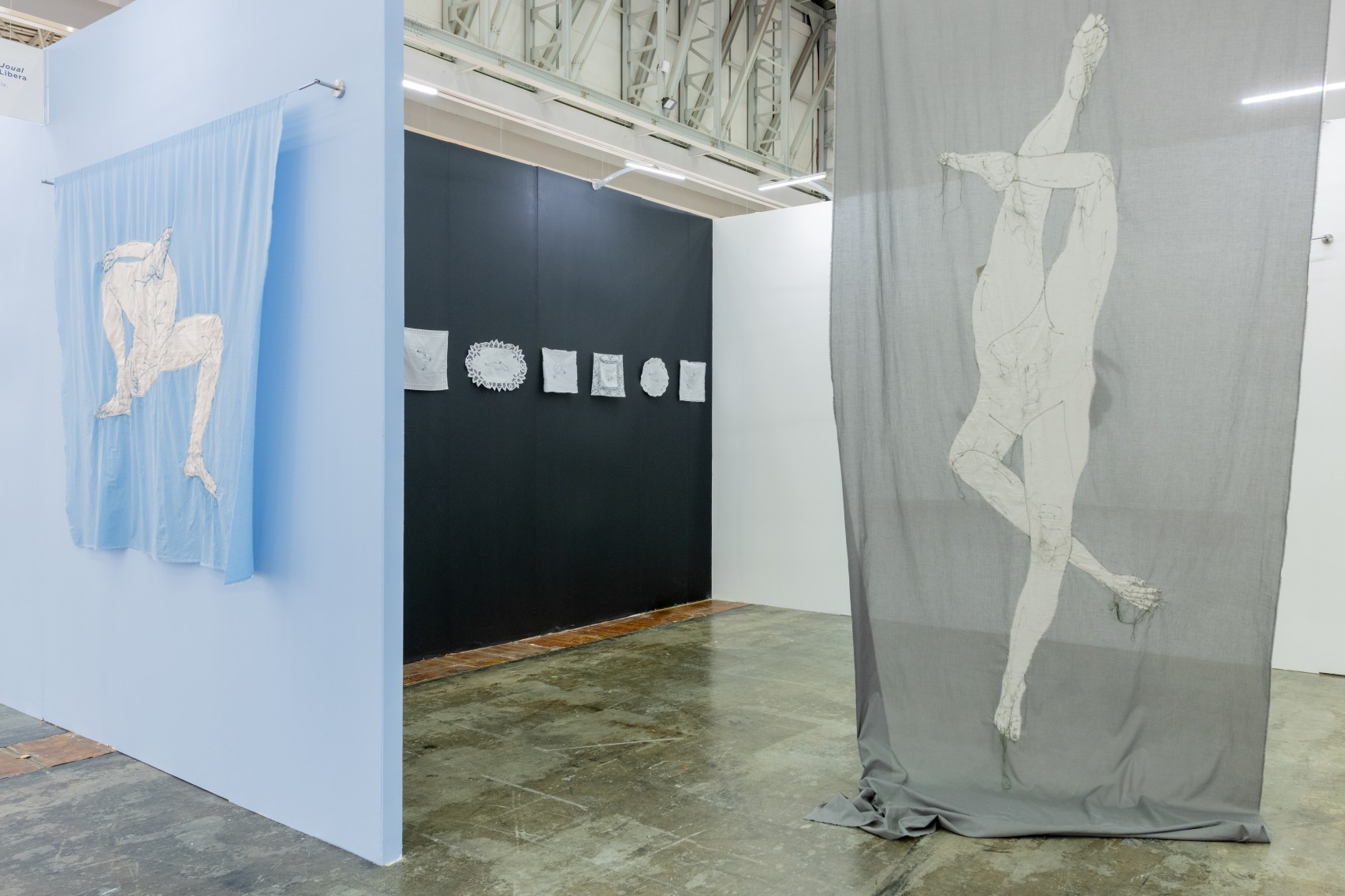
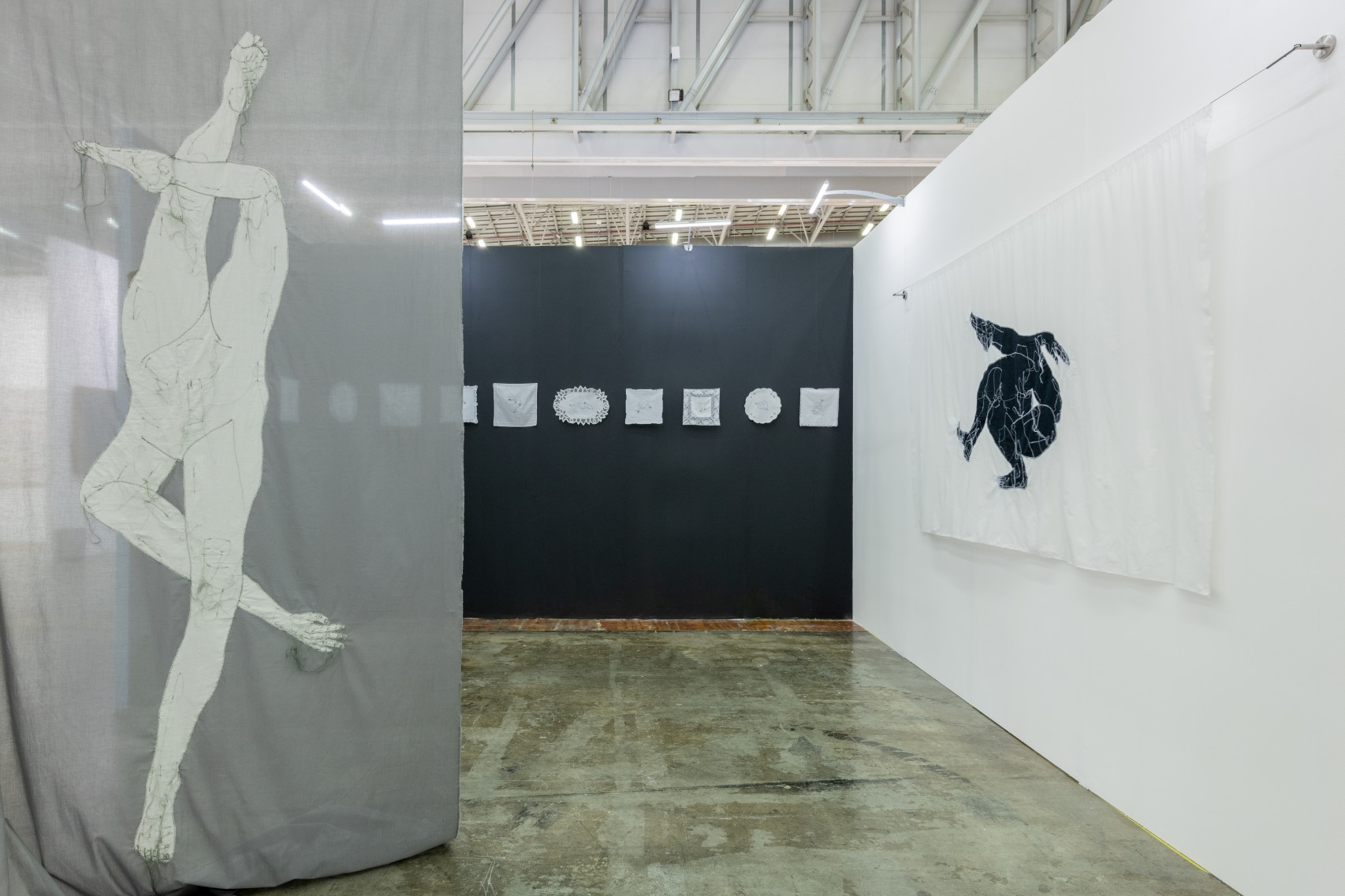
Soukaina Joual, Raw Body, 2024, Broderie sur textile, 150 x 200 cm. Courtesy the artist & spiaggia libera, Paris. Photo © Aurelién Mole
Soukaina Joual, Raw Body, 2024, Handmade embroidery on handkerchief. Courtesy the artist & spiaggia libera, Paris. Photo © Aurélien Mole
Soukaina Joual, Raw Body, 2024, Handmade embroidery on handkerchief, 29 x 28.5 cm. Courtesy the artist & spiaggia libera, Paris. Photo © Aurélien Mole
In this series, the distorted bodies are depicted in various poses, each textile work presenting a unique and harmonious composition, intentionally provoking discomfort and confusion, making it difficult to distinguish between the different parts of the body.
The complexity of these pieces lies in their ability to represent the human form in a way that is both recognizable and distorted, revealing their vulnerability in a singular state. The bodies appear both individual and interconnected, creating a captivating yet unsettling tension. Through this work, Soukaina Joual seeks to abstract the usual representation of female bodies. She proposes manipulating the forms of figurative representations to present new ways of perceiving nudity or other expressions of embodiment in our contemporary society.
Soukaina Joual, Raw Body, 2024, Broderie artisanale sur mouchoir, 28 x 28 cm. Courtesy the artist & spiaggia libera, Paris.
Soukaina Joual, Raw Body , 2023, Embroidery on textile, 138 x 133 cm. Courtesy the artist & spiaggia libera, Paris. Photo © Aurélien Mole
Soukaina Joual, Raw Body , 2023, Embroidery on textile, 138 x 133 cm. Courtesy the artist & spiaggia libera, Paris. Photo © Aurélien Mole
